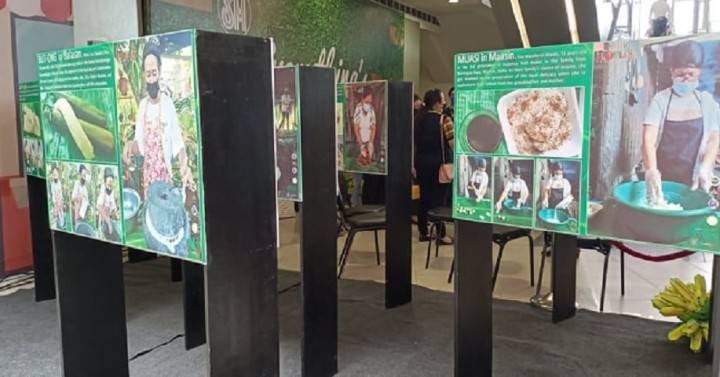Travel
Food Month showcases culinary heritage, slow food, biodiversity

ILOILO CITY – The Department of Tourism (DOT) and the Iloilo Provincial Culture, Arts, History, and Tourism Office have teamed up to promote the region’s cultural heritage and slow food ingredients, and bring back biodiversity to celebrate the Filipino Food Month in Western Visayas.
“We at the province have been documenting our cultural properties and part of the cultural heritage of our province is our indigenous food and our local recipes. We are now trying to promote different recipes of different municipalities as we map them along the way and feature them,” Iloilo tourism officer Gilbert Marin said in an interview on Saturday.
The province has thanked the DOT for supporting the endeavor and becoming part of the three-day celebration that began at a mall here on April 28.
As part of the celebration, selected Iloilo municipalities were tapped to conduct cooking demonstrations of their “kakanin” (rice cakes) and other delicacies.
Makers of the “baye-baye” from the municipality of Sta. Barbara were invited for a cooking demonstration on Saturday morning to spotlight their product. They recently held for the second year the Baye-Baye Festival.
“Baye-baye” is made of ground young rice mixed with grated coconut.
In the afternoon, the municipality of Lambunao will demonstrate how to cook coconut balls; “binayabsan nga baboy”, which is similar to pork “adobo” but mixed with young guava leaves; and “tinipgang nga lupo”, which is usually cooked with the indigenous vegetable “lupo”, egg, and tomatoes.
Featured on April 28 were the town of Balasan’s “kakanin” and “ginat-an nga taklong”, which is made of native snail cooked with grated coconut.
Guimbal’s “lauya”, a vegetable dish served during Holy Week, was highlighted on April 29, along with “suman” and “sinakol”.
“Our local ‘kakanin’ have a long history. We have a lot of ‘kakanin’-makers whose recipes came from their parents and grandparents,” Marin added.
He said some of the food could be existing in other provinces and not just in Iloilo, so they wanted to find out what their similarities and differences are.
Some of the “kakanin” are part of the photo display, together with Slow Food Ark of Taste ingredients.
“Slow food is a movement that is based in Italy, with a focus on biodiversity conservation and, of course, promoting our local and endemic ingredients in the region,” DOT regional director Cristine Mansinares said in an earlier interview.
Mansinares said aside from highlighting the “kakanin”, they would like to raise awareness of the need to preserve the region’s endemic ingredients to help bring back biodiversity.
She said they started with the inventory of slow food last year, covering vegetable plants, root crops, legumes, and even seafood.
Among these are the Criollo cacao, a pure cacao variety that was brought by Spanish friars to the Philippines in the 1500s; the “batuan” fruit, which is used as a souring agent; the “kadios” or a variety of legumes; and the “darag chicken”, which can only be found in Panay.
Mansinares noted that these products are unique to Western Visayas and could be considered the region’s competitive advantage over other places in the country.
“So we will consider this in our tree planting to promote species of trees, vegetables, and plants that are growing here,” she said.





















